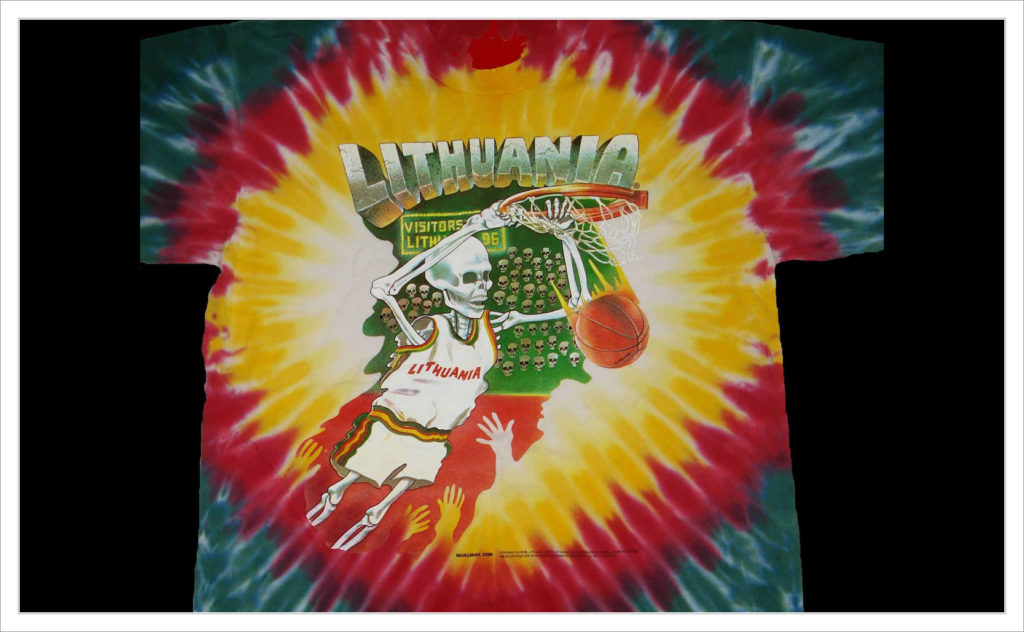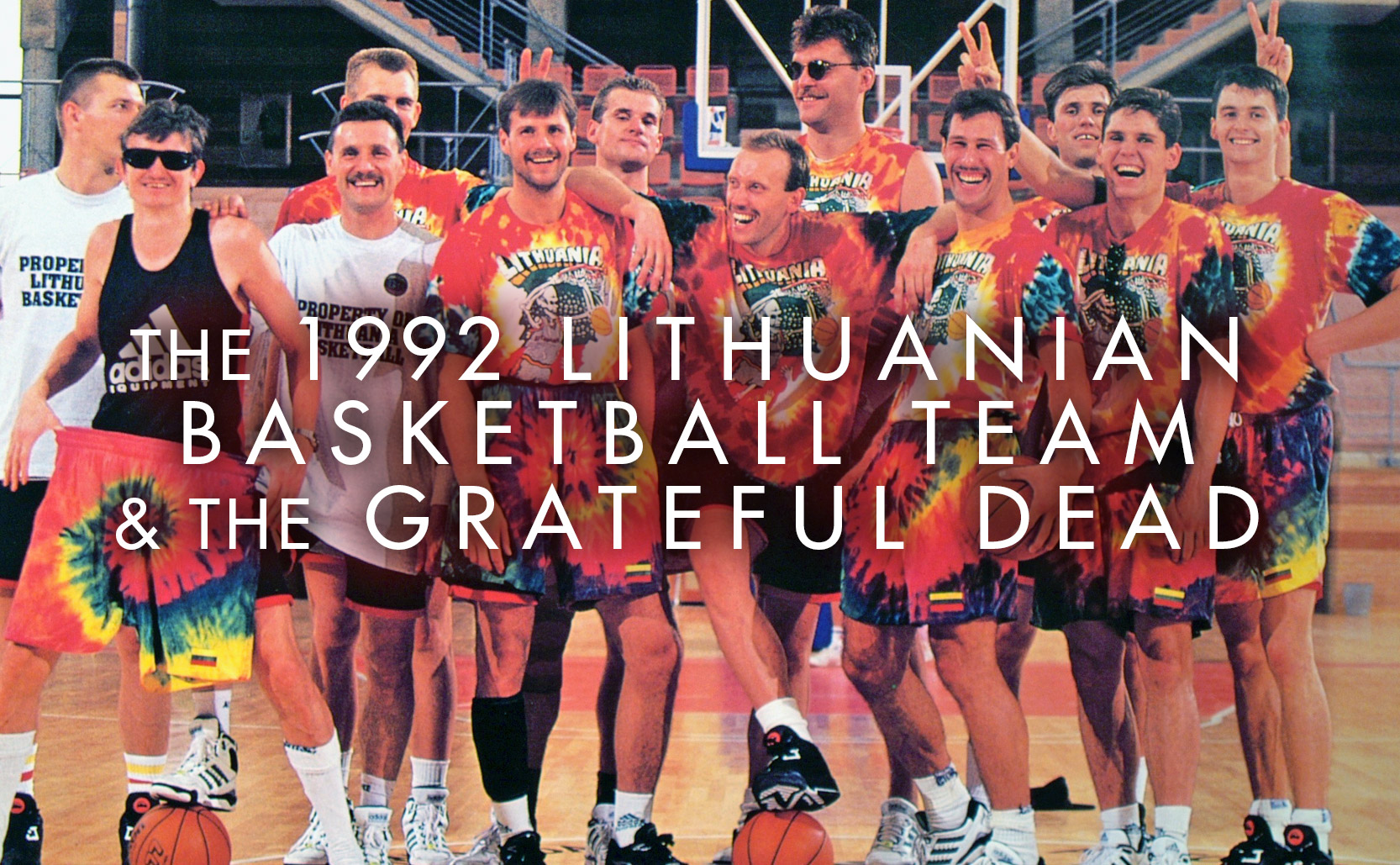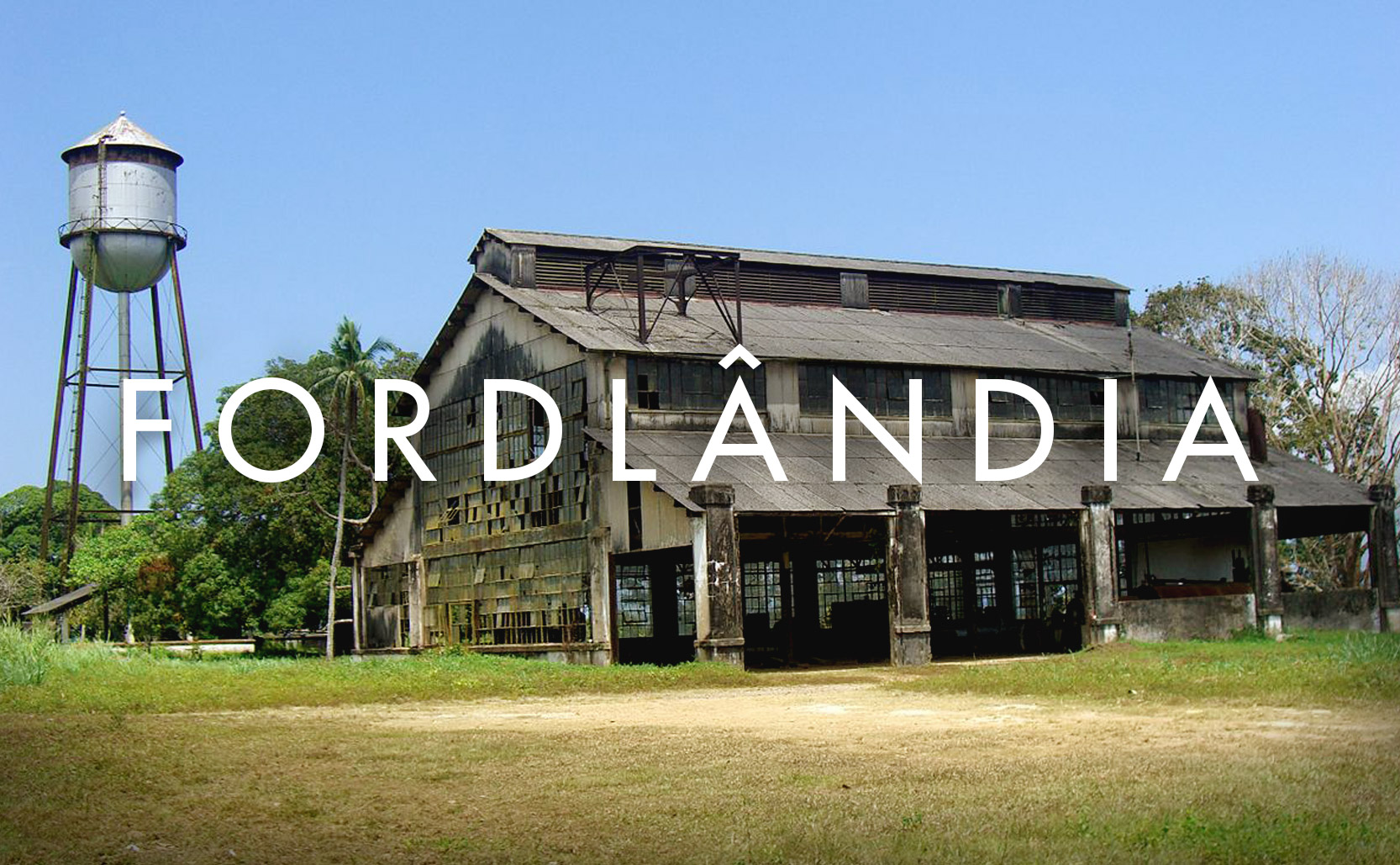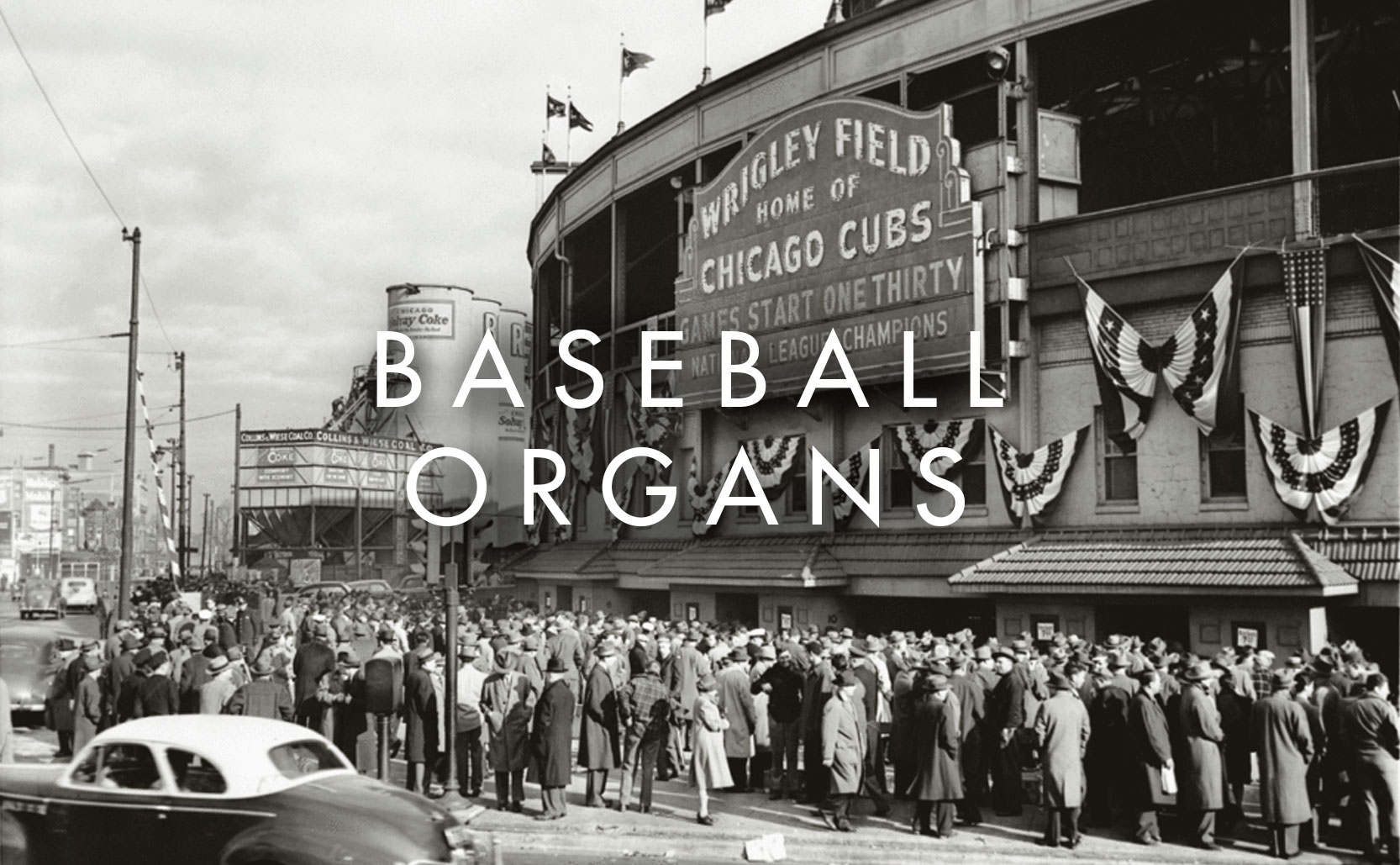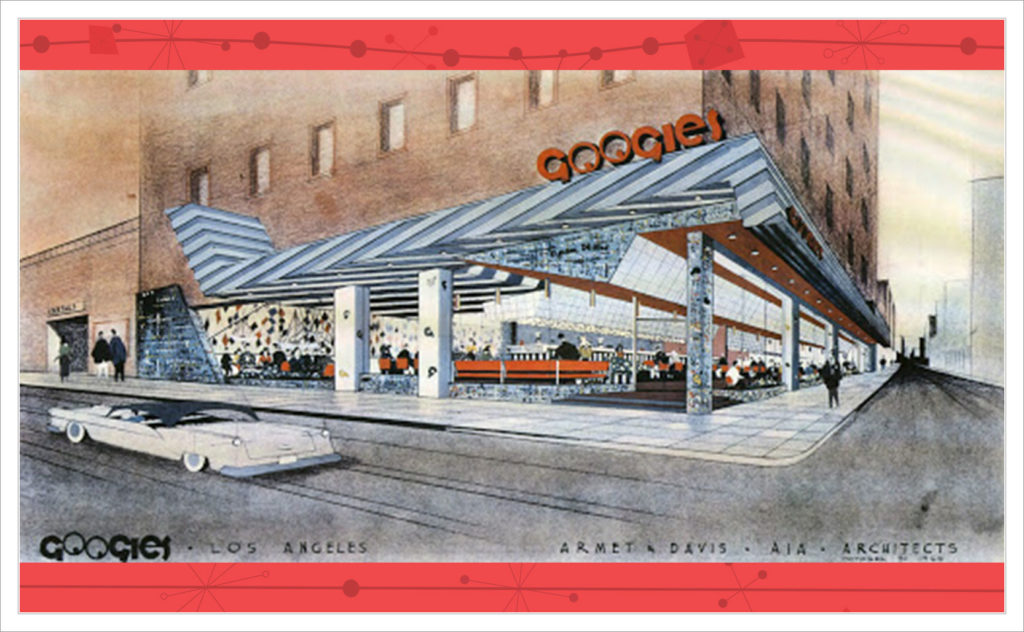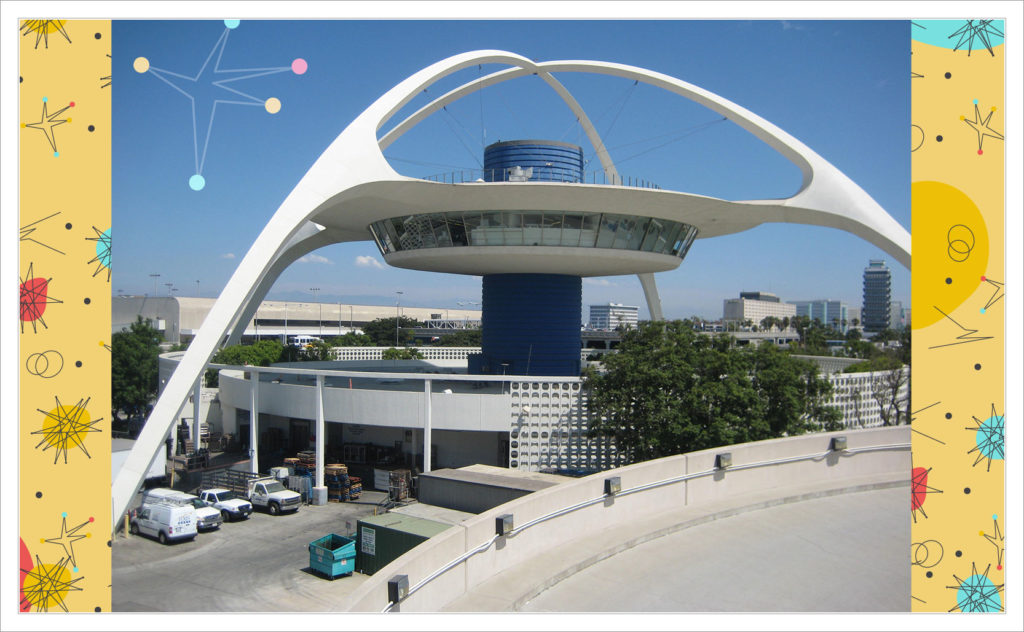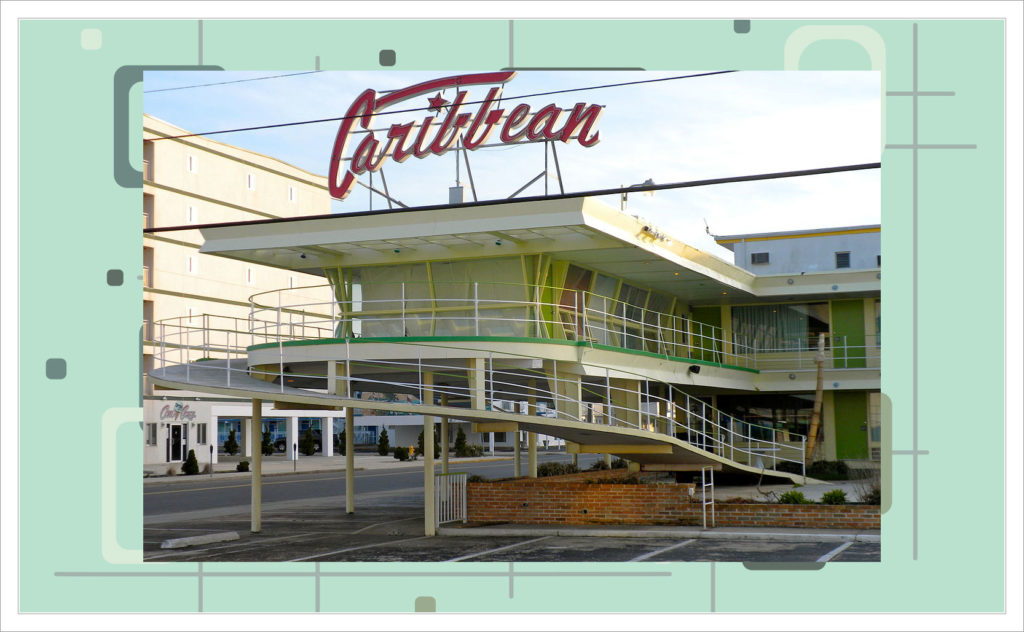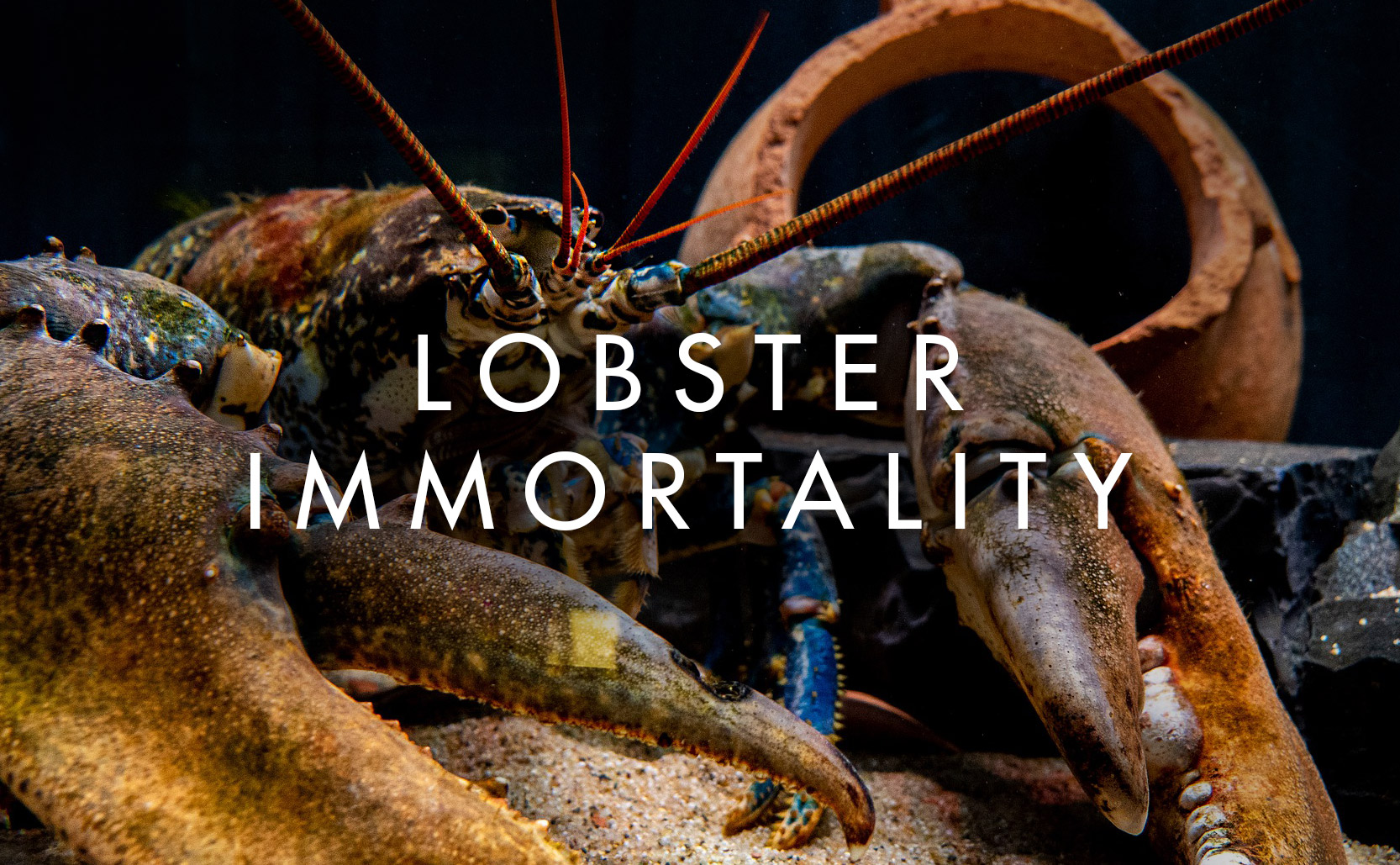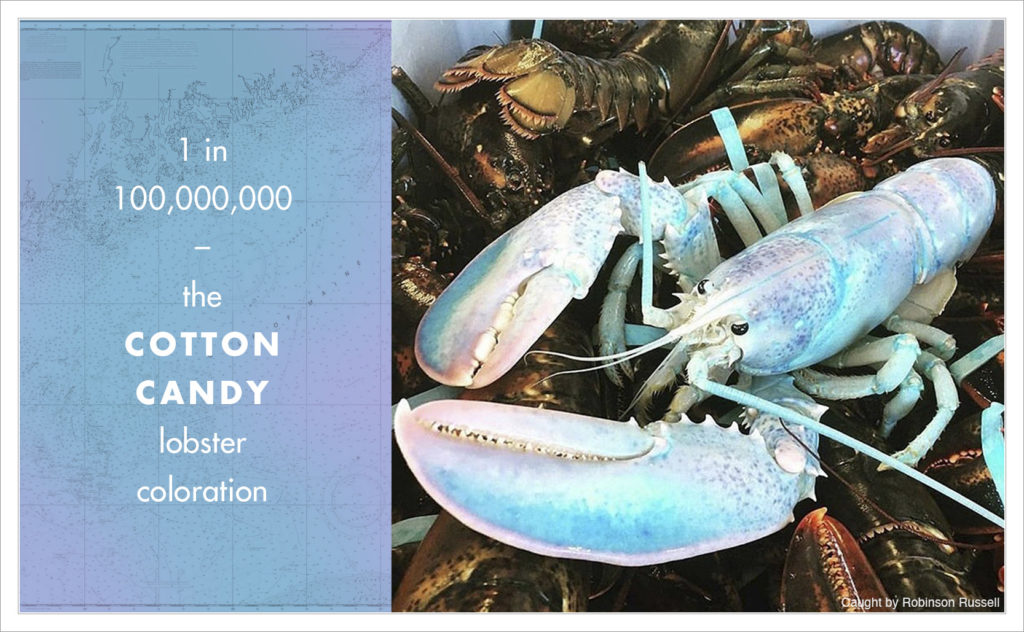the 1992 Lithuanian Basketball team & the Grateful Dead
The 1992 Lithuanian mens basketball team had tie-dyed uniforms because they were financially supported by the Grateful Dead.
In 1990 Lithuania gained independence from the Soviet Union after 50 years of communist occupation. As a new country they had nationwide economic problems and funding their Olympic team was low on the priority list. So to try and raise funds for the 1992 Barcelona Olympics, Lithuanian basketball star Šarūnas Marčiulionis (who also played for the Golden State Warriors and eventually made the NBA hall of fame) went on a campaign to get sponsors & donors wherever he could. Enter the Grateful Dead.
An article in the San Francisco Chronicle about Marčiulionis and the Lithuanian team was brought to the attention of San Francisco based Grateful Dead who had Marčiulionis come to meet them at their rehearsal space. As drummer Mickey Hart said, “We’re always for the underdog, and this wasn’t just a basketball team. This was a struggle for life, liberty and freedom.” They cut Marčiulionis a check for $5,000 and supplied the team with tie-dyed uniforms in the colors of the Lithuanian flag with a slam-dunking skeleton on the front. When the Lithuanian team made it to Barcelona their tie-dye uniforms were an international sensation. While their actual game uniforms were fairly traditional, they did take the podium to receive their bronze medals (after a symbolic 82-78 victory over their former Soviet team) wearing their Grateful Dead tie-die.
An added bonus: Through the Grateful Dead’s charitable organization, the Rex Foundation, they sold Lithuanian tie-dye shirts to the public, with proceeds going to the Lithuanian basketball team and Lithuanian children’s charities, raising over $450,000. You can still buy a copy from the artist who designed them.

